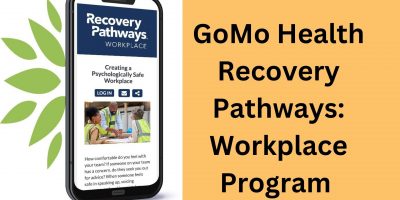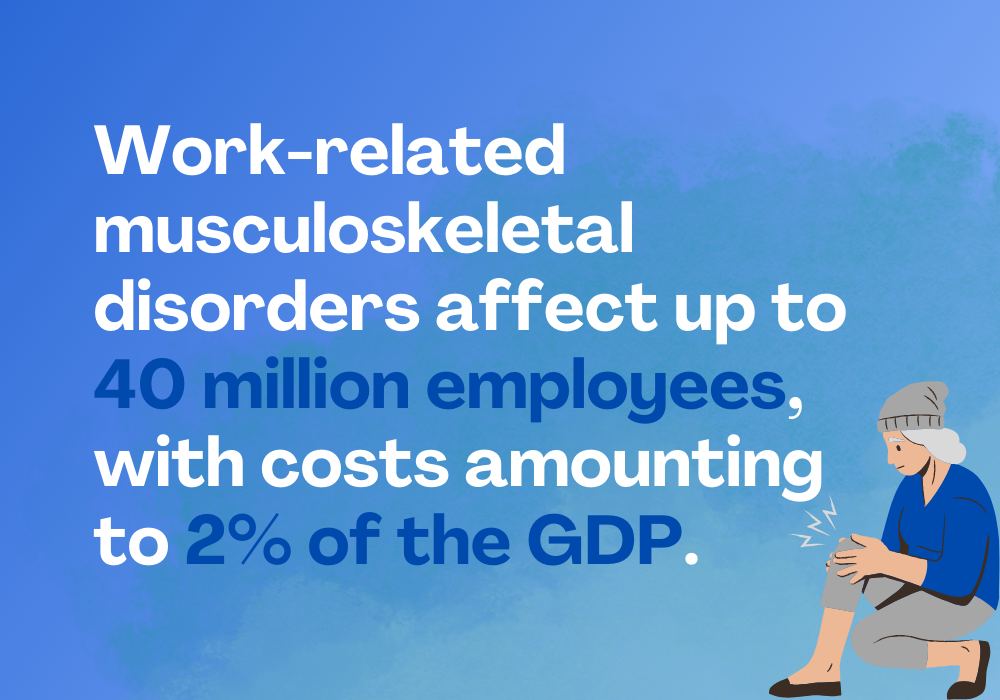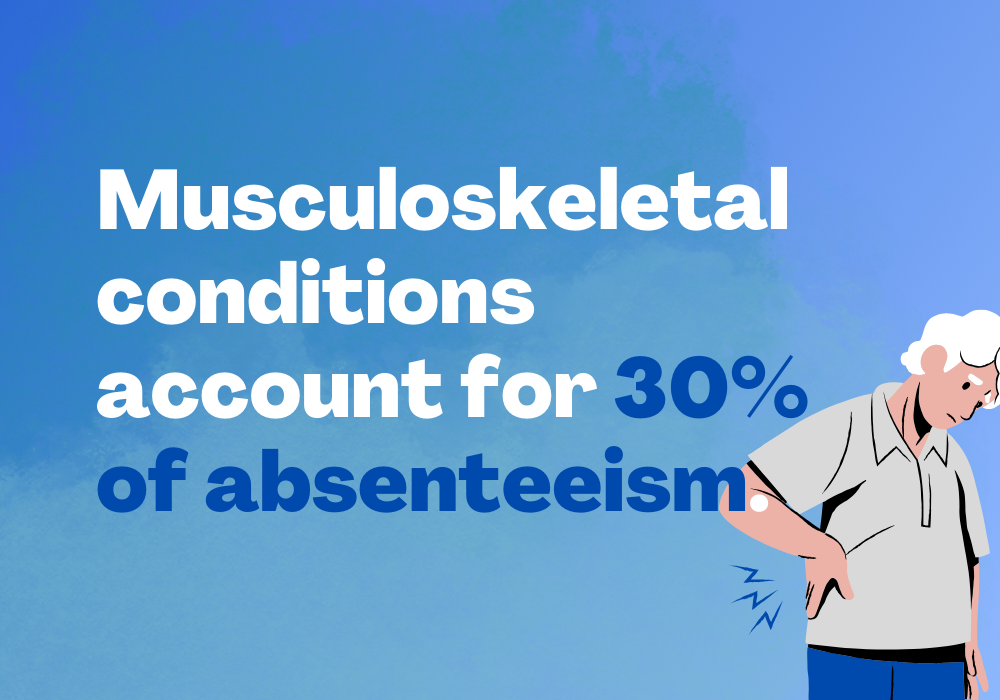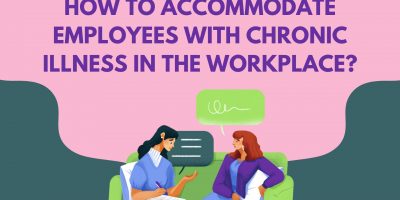Beyond the categorizations, let’s narrow down the most common work-related musculoskeletal disorders and what they represent.
Carpal Tunnel Syndrome is often the first association.
This condition affects the hands and wrist and is linked to repetitive motions, with symptoms like pain, numbness, and tingling sensations. In fact, one study found strong links between CTS and repetition, force intensity, and high strain index.
The findings indicate that employers performing tasks that require high force and repetitive hand movements have a higher rate of CTS. At the same time, high computer use was associated with a reduced rate of work-related CTS.
Tendinitis is another condition resulting from repetitive motions.
However, unlike CTS, Tendinitis causes inflammation of the tendons, which are the tissues connecting muscles to bones. It usually affects body parts subjected to repetition, such as the shoulders, elbows, wrists, and knees.
Arthritis affects joints, the tissues surrounding the joint, and other connective tissue. According to the Centers for Disease Control and Prevention (CDC), it’s the leading cause of disability in the U.S., limiting the activity of 19 million adults.
Industries like mining, construction, and agriculture increase arthritis prevalence since they are more physically demanding, expose workers to vibration, and pose a higher risk of joint and tissue injuries.
Cervicalgia, or neck pain, is also one of the most common workplace injuries, reveals Rachel C. Carter, PT, DPT, CFMT, and Assistant Professor at the School of Physical Therapy, Regis University.
“We all spend a great deal of time during our days reaching forward, staring at screens. Without optimal workspace set-up that minimizes strain on the tissues of the neck, upper back, and shoulder blade area, trigger points, repetitive trauma injuries, and the like can result.”
Muscle strain can happen because of overexertion or a sudden and forceful movement. Since strains and sprains are very common, they can occur in the workplace, especially with jobs that include overarching, pushing, and heavy lifting.
Back pain, particularly lower back pain, is a pervasive work-related musculoskeletal disorder. According to the UK’s Health and Safety Executive, causes of back pain at work include lifting, pushing or pulling heavy objects, repetitive tasks, prolonged sitting, poor posture, etc.
Other conditions linked to the workplace include:
- Tension Neck Syndrome
- DeQuervain’s syndrome
- Trigger Finger
- Degenerative Disc Disease
- Radial Tunnel Syndrome, and more.














